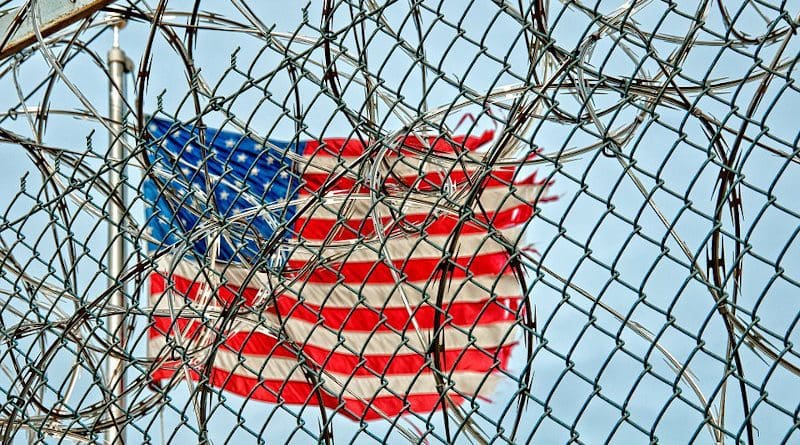DOJ Seeks Strategies For Improving Prisoner Recidivism Rates – OpEd
By Jim Kouri
A Pew Center report demonstrated that reducing states’ recidivism rates by just 10 percent could collectively save states more than $635 million a year in averted prison costs. Experts pointed to research showing how certain strategies can help reduce recidivism, including concentrating supervision and treatment resources on those most likely to re-offend.
The U.S. Department of Justice’s Office of Justice Programs (OJP) on Thursday sponsored a forum of policymakers from all 50 states to focus on improving success rates for people released from prison.
The event positioned states to set goals, or to expand on existing goals, for reducing recidivism through cost-effective strategies in their communities.
“In this time of economic challenges, we must continue to use every tool and strategy at our disposal to protect the American people while reducing costs to taxpayers,” said Attorney General Eric Holder.
“Today’s national forum demonstrates the Justice Department’s firm commitment to working with its partners in the states and non-governmental organizations to improve public safety by supporting efforts to assist formerly incarcerated people as they return to their communities to become productive members of our society,” said the embattled Holder, who is the focus of a Congressional probe involving the smuggling of firearms into Mexico as part of a federal law-enforcement operation.
In partnership with the Council of State Governments, the Association of State Correctional Administrators, the Public Welfare Foundation and the Pew Center, OJP’s Bureau of Justice Assistance (BJA) officials say they are working with all 50 states to identify and pursue cost-effective strategies on their investments in public safety.
Following the forum, participants said they are setting measurable goals for reducing recidivism; creating plans to achieve these goals by drawing on the latest research and experiences from the field; and identifying benchmarks state and federal policymakers can use to track progress.
“Evidence-based strategies integrated with federal support provide states with the opportunity to increase public safety while saving money,” said OJP Assistant Attorney General Laurie O. Robinson. “Today’s forum allows corrections directors and policymakers to come together to brainstorm ideas and set measurable goals for significant reductions in recidivism.”
A Pew Center on the States report demonstrated that reducing states’ recidivism rates by just 10 percent could collectively save states more than $635 million a year in averted prison costs. Experts pointed to research showing how certain strategies can help reduce recidivism, including concentrating supervision and treatment resources on those most likely to re-offend.
“The Bureau of Justice Assistance has directed considerable energy and resources to supporting local programs and state-level policy changes that make better use of limited public dollars,” said BJA Director Denise E. O’Donnell. “It’s now our hope that government agencies and community-based organizations will adopt evidenced-based strategies to reduce recidivism.”

